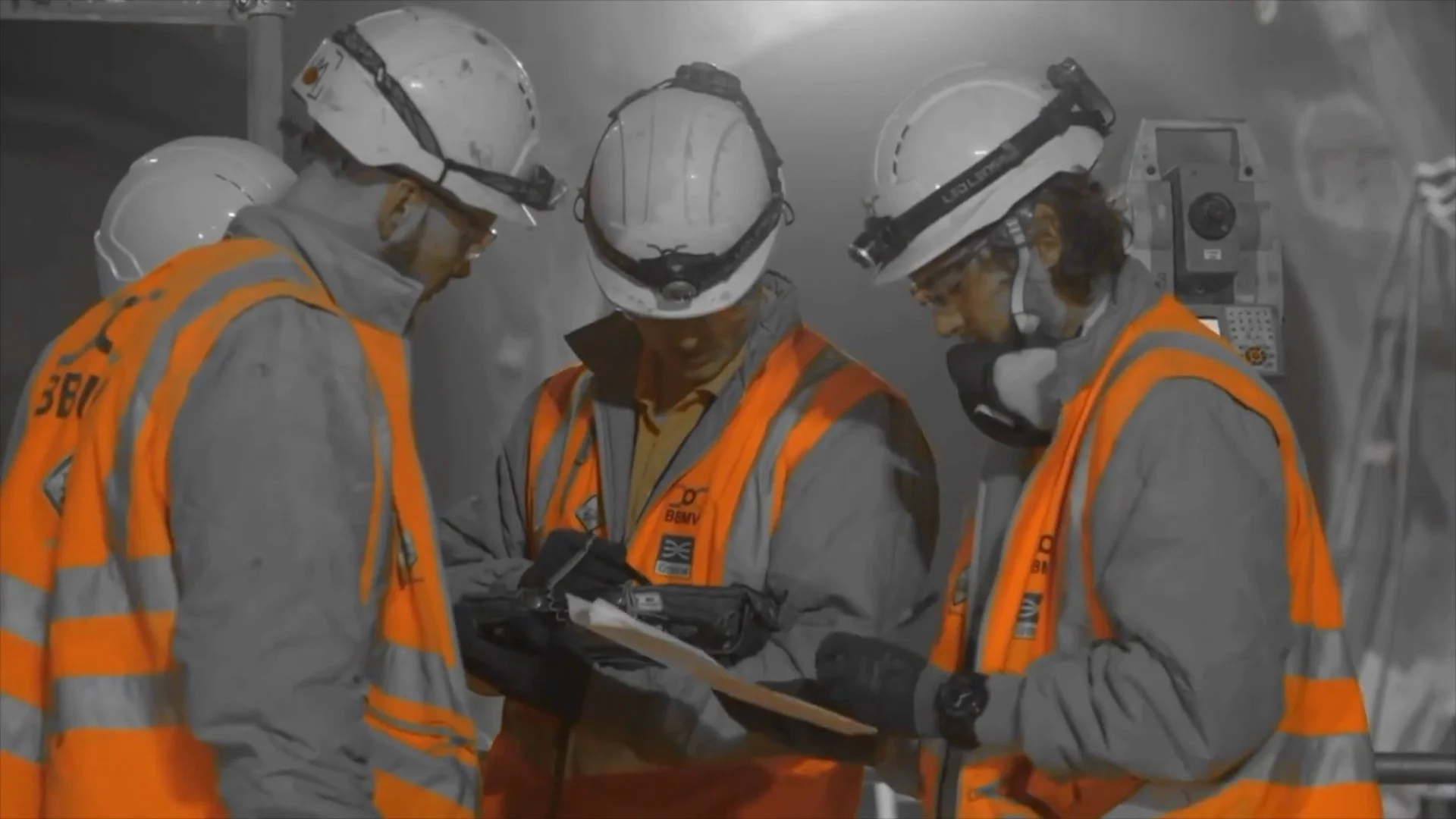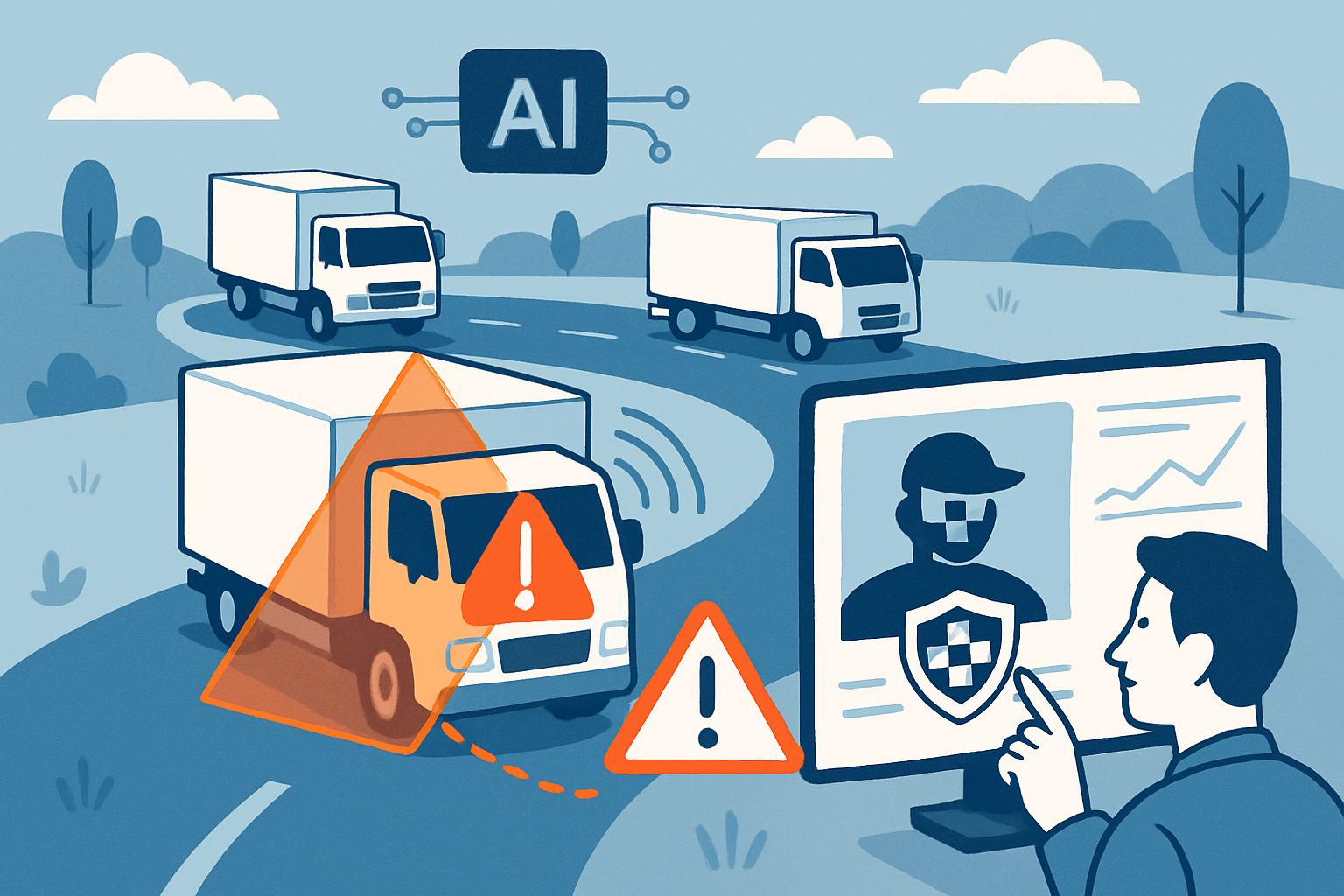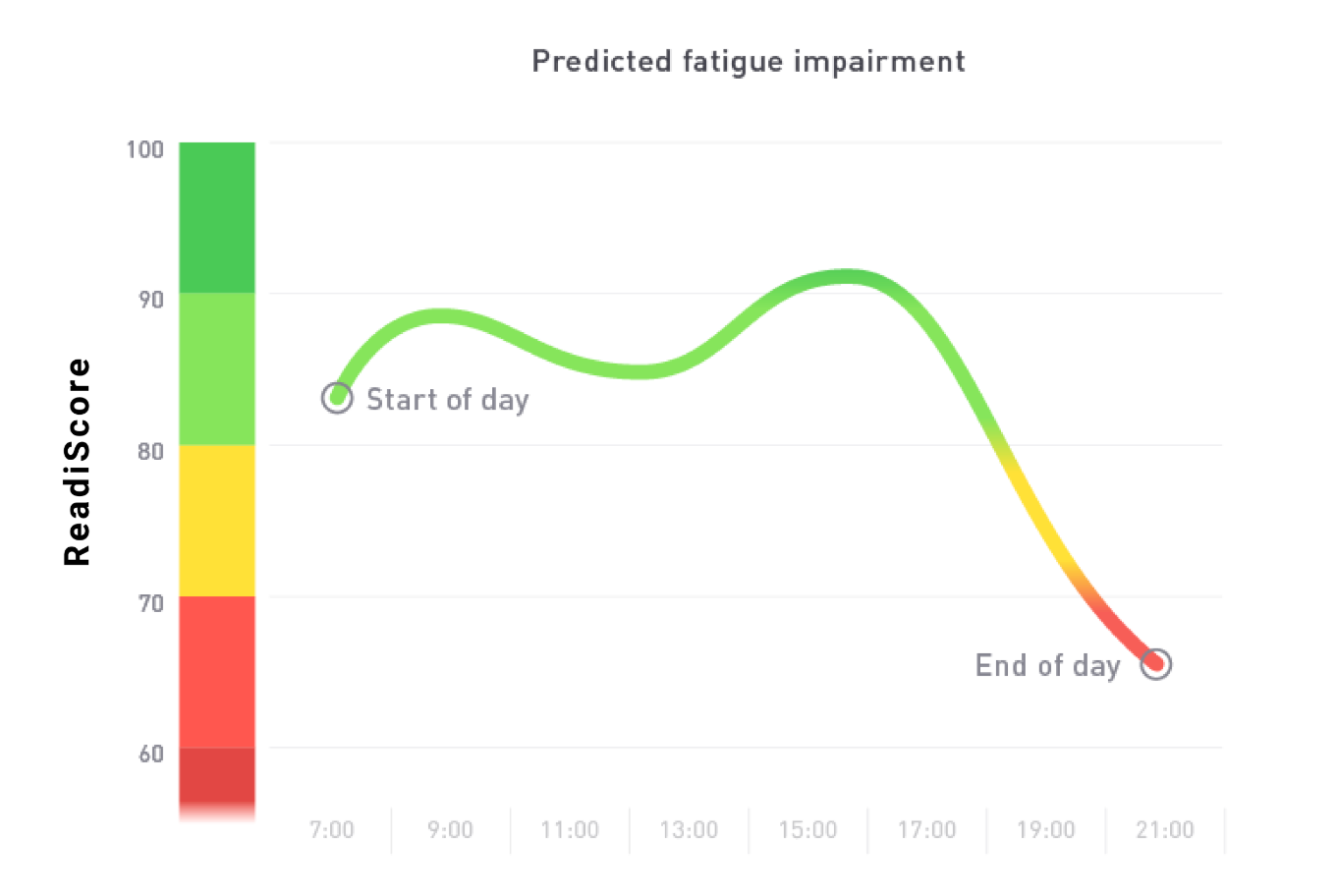Beneath the heart of London, England, a BBMV construction crew is working 24 hours a day, seven days a week to complete the largest infrastructure project in Europe. But the addition of the Crossrail line to the London Underground is not the only ground they’re breaking at BBMV.
In autumn 2016, BBMV became one of the first organizations in the world to employ a Predictive Fatigue Monitoring program in their operation. The program combines wearable technology with SAFTE, the Walter Reed Army Institute of Research at the U.S. Army Medical Research Development Command-developed algorithm, to measure and predict the fatigue level of BBMV workers as they arrive for duty.
While Fatigue Science has provided fatigue measurement tools to industrial firms, the US military and elite sporting teams for close to a decade, the launch of their new Predictive Fatigue Monitoring Solution is now rapidly changing the game in industrial health and safety.
“As part of my routine for the start of night shift, I check the Fatigue Science mobile dashboard and then I can see the people who are most at risk by looking at their SAFTE score and seeing where [their fatigue level] is going to be towards the end of the day,” says shift supervisor John Clifton. “Then I can talk to the supervisors, or talk directly to the individual, to find out how they’re feeling, just to make sure those people are particularly looked after and supported.”
Fatigue has remained one of the largest systemic problems in global health and safety across a variety of heavy industries — particularly in mining, construction, and transportation. It causes more accidents than drugs and alcohol combined, and it costs the US economy alone upwards of $130 billion annually. Physiologically, fatigue reduces cognitive effectiveness and reaction time with effects similar to those of intoxication. But unlike drugs and alcohol, fatigue has been almost impossible to detect in advance, before a worker begins operating trucks or heavy machinery.
According to Clifton, the Predictive Fatigue Monitoring program empowers him to obtain predictive, actionable information every day, helping BBMV proactively address the most extreme fatigue risks that might arise later during that shift. Now, that information is not only knowable, it’s available hours before that fatigue creates a visible threat to safety.
“With Fatigue Science, [the data has] been given to us straight away, and we can see that through the dashboard and app. It is given to us immediately — so a lot of the information is ready for us to use.” Says Clifton, “It lets us make informed choices using the data.”
For Clifton, the Fatigue Science platform is now an integral part of his organization’s daily safety protocol. Describing his daily routine, Clifton notes,
“To start a shift, everybody is together for the briefings, everybody is in front of us. By looking at the dashboard before we go in, we can actually get an indication of who we need to talk to. We can address certain issues with people, and our interactions are better informed. We can talk to them directly with some knowledge behind us, and we’re not guessing on if they look tired.”
In addition to reducing the chances of a fatigue-related accident, Clifton says he’s seen very positive changes in attitudes related to sleep and health, resulting in significant demand from additional workers wanting to participate in the program.
“Myself and a lot of people here have been surprised by how little sleep we actually get. Of course we’ve always known that we will sleep better at nights than we do during the day. But actually looking at how much sleep you miss all the time has been surprising, and we’ve started to address it as a result.”
And that visibility into the connection between sleep and safety is already paying off. In the first two months of exposing workers to their own fatigue via the Fatigue Science mobile app, BBMV has already seen a 24% reduction in time spent fatigue impaired on duty, and expects to see that number continue to improve as health staff support workers in addressing the root causes of fatigue based on real data.
But BBMV is not stopping there. Using Fatigue Science’s algorithms in advanced simulations of shift schedules, BBMV was able to implement a scheduling change that has reduced risk even further.
“Recommendations [were made concerning fatigue hotspots during] the start of shift patterns and the end of shift patterns,” says Clifton. “We dropped two hours from shift from both day and night shift, [and this change] was received really well with all the workers. It was a significant boost to morale, and it helped us change behavior and minimize risk in a very positive way.”
You can find more information on Fatigue Science’s work with BBMV construction partners in this previous post and video.





